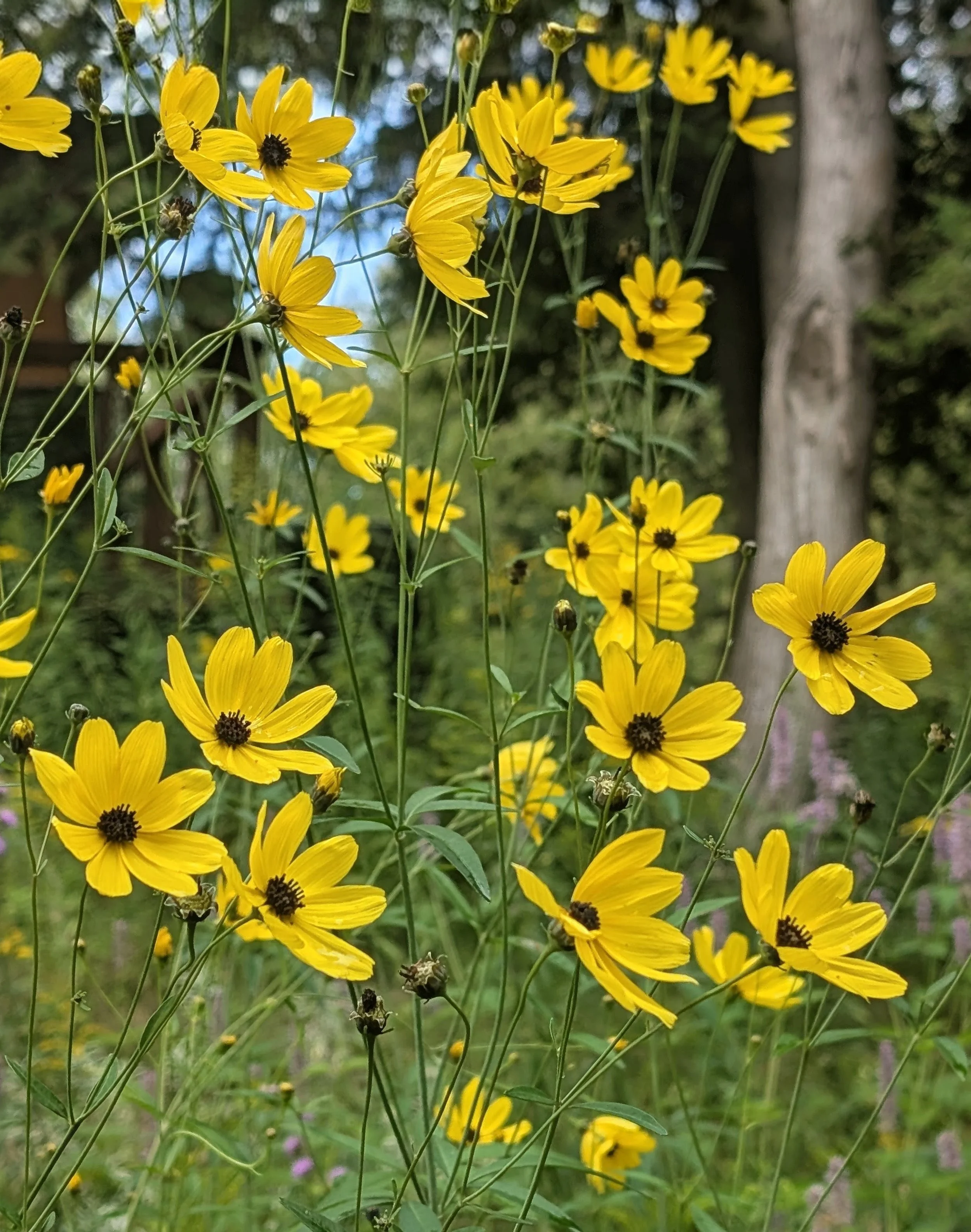Bloom: mid-summer to early fall
Habitats: abandoned fields; areas along railroads; black soil prairies; cemetery prairies; edges of seeps; limestone glades; meadows in wooded areas; roadsides; thickets; thinly wooded bluffs; typical savannas and sandy savannas
Lifespan: perennial
Moisture: moist to mesic
Plant type (height): forb (3 to 8 feet)
Requirements: full sun to partial sun
Soil: clay-loam; loam; gravel; sand
